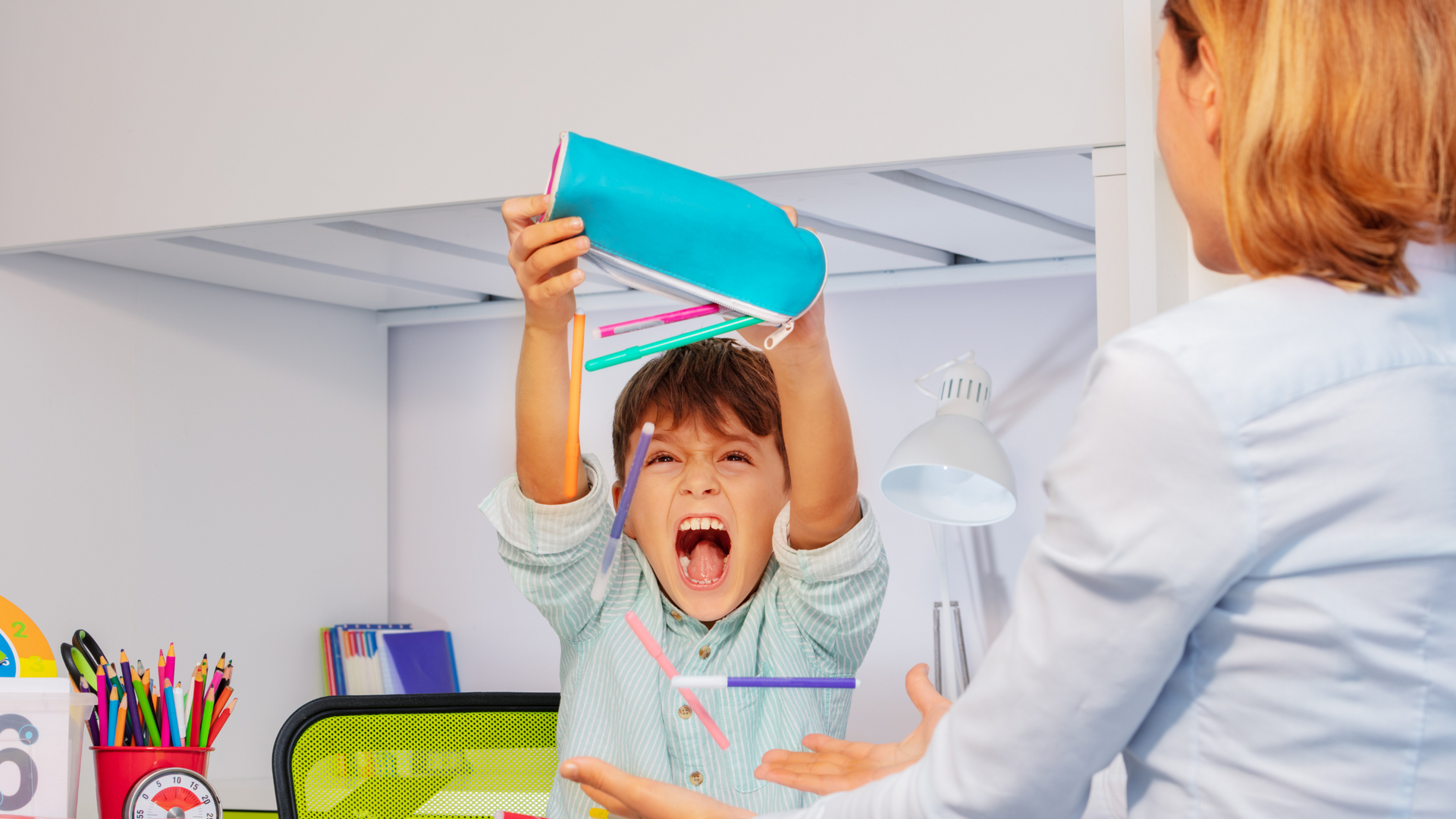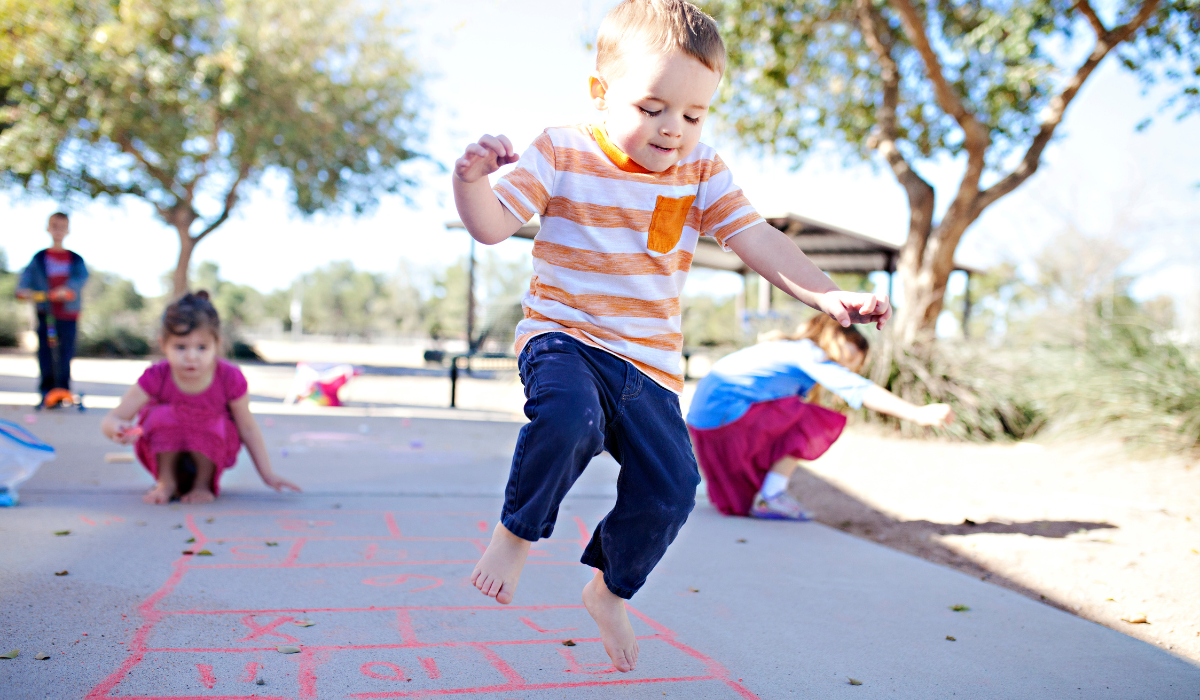Mastering the Morning Routine: ABA Tips for Smoother Days
Reece Epstein • June 19, 2025
Smooth out your mornings with helpful ABA tips that make daily routines easier for you and your child.

Mornings can be one of the most hectic times of day for families. Between getting dressed, eating breakfast, packing bags, and heading out the door, the pressure to stay on schedule can feel overwhelming. For children who thrive on consistency and structure, even small disruptions to the morning routine can lead to confusion, frustration, and delays. That’s where Applied Behavior Analysis (ABA) can offer helpful strategies to support smoother, more successful mornings.
In this article, we’ll explore how ABA principles can be used to build a reliable and stress-free morning routine. Whether you're a parent, caregiver, or teacher, these strategies—especially when supported through ABA therapy at home Maryland—can help children feel confident and capable as they start their day.
Why Morning Routines Matter
A consistent morning routine sets the tone for the entire day. It promotes independence, reduces anxiety, and improves time management. For children who benefit from structure, routines provide clear expectations, allowing them to transition from home to school or other activities with less resistance.
Without a routine, children may feel rushed or unsure about what to do next. This can result in delays, power struggles, or behaviors that disrupt the flow of the morning. By using ABA techniques, we can break routines into manageable steps, reinforce positive behaviors, and gradually teach children how to navigate mornings with confidence.
Step 1: Break the Morning Down Into Manageable Steps
ABA emphasizes the importance of breaking complex tasks into smaller, teachable components. This process, known as task analysis, is a powerful way to help children understand what’s expected of them.
Example of a morning task analysis:
- Wake up
- Turn off the alarm
- Get out of bed
- Use the bathroom
- Brush teeth
- Wash face
- Get dressed
- Eat breakfast
- Put on shoes
- Grab backpack/lunch
- Head to the door
By outlining each step, children are less likely to feel overwhelmed and more likely to complete the routine independently. You can create a checklist or visual schedule to support this process.
Step 2: Use Visual Schedules
Visual schedules are a key ABA tool to help with transitions and time management. These schedules use pictures, symbols, or written words to illustrate each step of the routine. They serve as a guide that children can follow, promoting independence and reducing the need for repeated verbal instructions.
Visual schedules can be:
- Laminated picture cards on a board
- A flipbook with one step per page
- A printed list with checkboxes
Allow your child to refer to the schedule each morning. As they complete a step, they can mark it off, flip the page, or move a picture to the “done” side of the board. This process provides structure and builds a sense of accomplishment.
Step 3: Establish Predictability with Consistent Timing
ABA supports the idea that predictability improves cooperation. When children know what to expect and when, they’re more likely to respond positively.
To help mornings run smoothly:
- Wake up at the same time each day
- Set designated times for each task (e.g., breakfast at 7:30, leave the house by 8:00)
- Use timers or countdowns to signal transitions
For example, a simple kitchen timer can be set for 10 minutes to complete breakfast. You can also use visual timers or countdown apps to provide a clear cue for when it’s time to move on.
Consistency helps reduce last-minute surprises and gives children a sense of control over their morning.
Step 4: Reinforce Positive Behavior
Positive reinforcement is a central principle of ABA. It involves recognizing and rewarding desired behavior to encourage it in the future. Mornings are an ideal time to use reinforcement to motivate your child and celebrate small wins.
You can reinforce positive behaviors by:
- Giving verbal praise (“Great job brushing your teeth without reminders!”)
- Offering small rewards (a sticker, extra playtime, or choosing the breakfast cereal)
- Using a token system that builds toward a larger reward
The key is to deliver reinforcement immediately after the desired behavior. This strengthens the association between the behavior and the reward, increasing the likelihood it will happen again.
Step 5: Teach One Skill at a Time
Trying to teach several new skills at once can be overwhelming. ABA encourages focusing on one skill at a time, building mastery gradually.
If your child struggles with getting dressed, for example, focus solely on that step for a few mornings. Use prompts (verbal, physical, or visual) to guide them through the task, and then fade those prompts as they gain independence.
Once that skill is solid, move on to another—perhaps brushing teeth or packing the backpack. This gradual teaching approach builds confidence and competence.
Step 6: Use Prompting and Fading
Prompting involves providing assistance to help a child complete a task successfully. This might include:
- Verbal prompts: “Time to put on your shoes.”
- Gestural prompts: Pointing to the shoes
- Physical prompts: Hand-over-hand assistance
Start with the level of support your child needs to complete the step, then gradually reduce or fade the prompts. The goal is to shift responsibility from the adult to the child, promoting independence.
Be sure to offer praise when your child responds to a prompt or completes a step on their own. This keeps the learning process positive and encouraging.
Step 7: Prepare the Night Before
Reducing the number of decisions and tasks in the morning can make routines more manageable. Use the evening to prepare:
- Lay out clothes for the next day
- Pack the backpack and lunchbox
- Review the visual schedule
- Go to bed at a consistent time
These steps help minimize distractions and keep the morning focused on getting ready. A calm and organized evening leads to a more peaceful start the next day.
Step 8: Use First/Then Language
“First/Then” statements are an effective ABA strategy that provides clear expectations and builds motivation. For example:
- “First brush your teeth, then we’ll have breakfast.”
- “First put on your shoes, then you can choose a toy for the car.”
This approach links a non-preferred task with a preferred one, helping children stay on track while looking forward to something enjoyable. Keep the language simple and consistent.
Step 9: Limit Distractions
Minimizing distractions in the morning helps children focus on their routine. Turn off the TV, put away tablets or toys, and create a quiet, structured environment.
Set up designated areas for specific tasks:
- A bathroom area for hygiene
- A spot in the kitchen for eating
- A place by the door for putting on shoes and grabbing bags
- When the environment is organized, it’s easier for children to know what to do and where to go next.
Step 10: Reflect and Adjust
Every child is different, and routines may need to be adjusted over time. Use ABA’s data-driven approach to evaluate what’s working and what’s not.
Track which steps are completed easily and which ones need more support. Ask questions like:
- Is the schedule too rushed?
- Are the visuals clear and engaging?
- Does the reinforcement system motivate my child?
Make changes gradually and involve your child in the process. Giving them a voice can increase their engagement and cooperation.
Final Thoughts
Mornings don’t have to be chaotic. With planning, consistency, and the thoughtful use of ABA strategies, families can transform morning routines into smoother, more successful experiences. Teaching routines with structure and encouragement empowers children to become more independent and confident as they begin their day.
Whether your child is just starting to learn these skills or needs extra support to stay on track, these ABA-based tools can help build habits that lead to lifelong success. With patience, reinforcement, and a positive outlook, mornings can become an opportunity—not a challenge.
About Us
At Able Minds ABA? We provide caring, effective ABA therapy to help your child thrive. Contact us today!
FAQ’s
How can ABA therapy help improve morning routines?
ABA therapy breaks down the morning routine into small, manageable steps, teaches each one clearly, and uses reinforcement to build consistency. This helps children follow routines with more independence and less resistance.
What is a visual schedule, and how does it help in the morning?
A visual schedule uses pictures or simple words to show the steps of the routine. It gives children a clear guide to follow, reduces confusion, and helps them stay on track without constant reminders.
What should I do if my child refuses to follow the routine?
Start by identifying which part is difficult, then use prompts and rewards to support that step. Keep routines consistent, offer praise for effort, and build success one task at a time.
How can I encourage my child to be more independent in the morning?
Teach one step at a time, provide simple instructions, and gradually reduce help as your child learns. Reinforce completed steps with praise or small rewards to boost confidence and independence.
Is it helpful to prepare the night before?
Yes. Preparing clothes, packing bags, and reviewing the schedule the night before reduces stress and confusion in the morning, helping the routine run more smoothly.
What is “First/Then” language, and why is it effective?
“First/Then” language sets clear expectations by linking a required task with a preferred activity. For example, “First get dressed, then you can play.” It motivates children to complete tasks by offering a simple reward structure.
How do I know when to reduce prompts in the routine?
Gradually reduce prompts as your child begins to complete steps independently. If they can do a task with less help and still succeed, it's time to fade support. Continue reinforcing progress to build confidence.

Choosing the right ABA therapy provider is a crucial step toward helping your child achieve greater independence, improved communication, and better social skills. In Maryland, families are fortunate to have a growing number of options for applied behavior analysis therapy , but with so many choices, it can be overwhelming to know where to begin. Whether your child has just received a diagnosis or you’re transitioning between providers, selecting the best fit means looking beyond the surface. The right provider offers not just therapy sessions—but compassionate care, individualized plans, and a team committed to your child’s long-term success. What Is Applied Behavior Analysis (ABA) Therapy? Applied behavior analysis therapy is a science-backed intervention that focuses on understanding and improving behaviors. It’s particularly effective for children who face developmental and behavioral challenges, such as autism. ABA breaks down complex skills into manageable steps and uses positive reinforcement to help children master those skills. A certified applied behavior analyst therapist develops personalized programs tailored to each child's strengths, challenges, and goals. Over time, ABA can help build critical life skills such as communication, emotional regulation, cooperation, and self-help. Why Finding the Right ABA Provider in Maryland Matters Not all ABA therapy providers offer the same level of care. In a state like Maryland—with diverse communities from Baltimore to Silver Spring to Annapolis—parents must carefully evaluate local providers based on their approach, credentials, and experience. Choosing the right partner for your child’s development ensures: Faster progress through tailored interventions Stronger collaboration between family and therapists Better preparation for school and social life Whether you're seeking applied behavioral analysis Maryland services in-home or in-clinic, quality and fit matter. Step-by-Step Guide to Choosing the Best ABA Therapy Provider in Maryland 1. Confirm Credentials and Certification The most reputable ABA therapy providers in Maryland are staffed with: Board Certified Behavior Analysts (BCBAs) – who design and oversee your child’s treatment Registered Behavior Technicians (RBTs) – who implement the therapy under BCBA supervision Always verify the provider is licensed to deliver applied behavior analysis therapy in Maryland. Check credentials through: Behavior Analyst Certification Board (BACB) Maryland Department of Health 2. Ask About Treatment Philosophy No two children are alike. That’s why effective ABA therapy is never “cookie-cutter.” Look for providers who: Conduct detailed initial assessments Develop individualized treatment plans Use data to guide decisions Adjust strategies as your child grows The best applied behavior analyst therapists focus on creating measurable, achievable goals tailored to your child’s unique needs. 3. Explore the Service Delivery Options Depending on your child’s needs and your lifestyle, you may prefer: In-home ABA therapy : Delivered in the comfort of your home for real-life skill-building Clinic-based ABA therapy : Offers structured learning environments and peer interaction School-based support : Collaborates with educators to reinforce skills during school hours Telehealth : Ideal for remote or flexible support Ask if the provider supports families throughout the state or in specific regions (e.g., Montgomery County, Prince George’s County, or Baltimore City). 4. Check Insurance Coverage and Billing Transparency Therapy can be costly, but the right provider will help you navigate: Maryland Medicaid and private insurance plans Out-of-pocket cost estimates Prior authorizations Payment plans or financial assistance A high-quality provider will also assign a care coordinator to support you with insurance paperwork and communication. 5. Learn About Staff Training and Retention Children thrive on consistency. A reliable provider invests in: Ongoing staff training Low staff turnover Regular BCBA supervision of RBTs Therapeutic consistency (same therapist assigned regularly) A committed and experienced applied behavior analyst therapist can form a meaningful bond with your child and deliver more effective results. 6. Understand Family Involvement You are an essential part of your child’s therapeutic journey. The best ABA providers offer: Weekly parent training and coaching Opportunities to observe sessions or review data Monthly progress meetings Tools to continue behavior strategies at home Providers who embrace family-centered care lead to stronger outcomes and smoother integration of skills into daily life. 7. Ask for Success Stories and References Don’t hesitate to ask: How many families they’ve served in Maryland Testimonials or references from current clients Case examples (anonymized) that match your child’s challenges Reading Google reviews, Facebook feedback, and local parenting forums can also give insight into the provider’s reputation in your community. 8. Visit the Facility or Schedule a Virtual Tour Seeing the environment where your child will receive therapy is invaluable. While there: Observe how therapists interact with children Look for clean, safe, and well-equipped spaces Ask about the ratio of children to therapists For in-home aba therapy, ask what materials and resources the therapist will bring and how sessions are structured. 9. Evaluate Their Communication and Responsiveness Strong communication is key. Your provider should: Respond promptly to inquiries Clearly explain the assessment process and therapy goals Be transparent about timelines, policies, and staff You should feel supported—not rushed—through the intake and onboarding process. 10. Trust Your Instincts Ultimately, choosing an ABA therapy provider is a personal decision. If you feel that a provider listens to your concerns, understands your goals, and truly cares about your child’s progress, that’s a strong sign you’re in the right place. Leading Providers Offering Applied Behavioral Analysis in Maryland Some trusted names to begin your search include: Able Minds ABA – A provider offering applied behavior analysis therapy across Maryland with flexible in-home services and experienced clinicians. Behavioral Framework Verbal Beginnings Key Connections ABA Services Each of these organizations provides certified applied behavior analyst therapists and offers individualized programs designed for success. Final Thoughts Choosing the best ABA therapy provider in Maryland doesn’t have to feel overwhelming. When you understand what to look for—from credentials and personalized care to communication and insurance support—you can find a team that fits your family’s needs and empowers your child to thrive. By investing in quality applied behavioral analysis Maryland services, you’re laying the foundation for a brighter, more independent future for your child.









